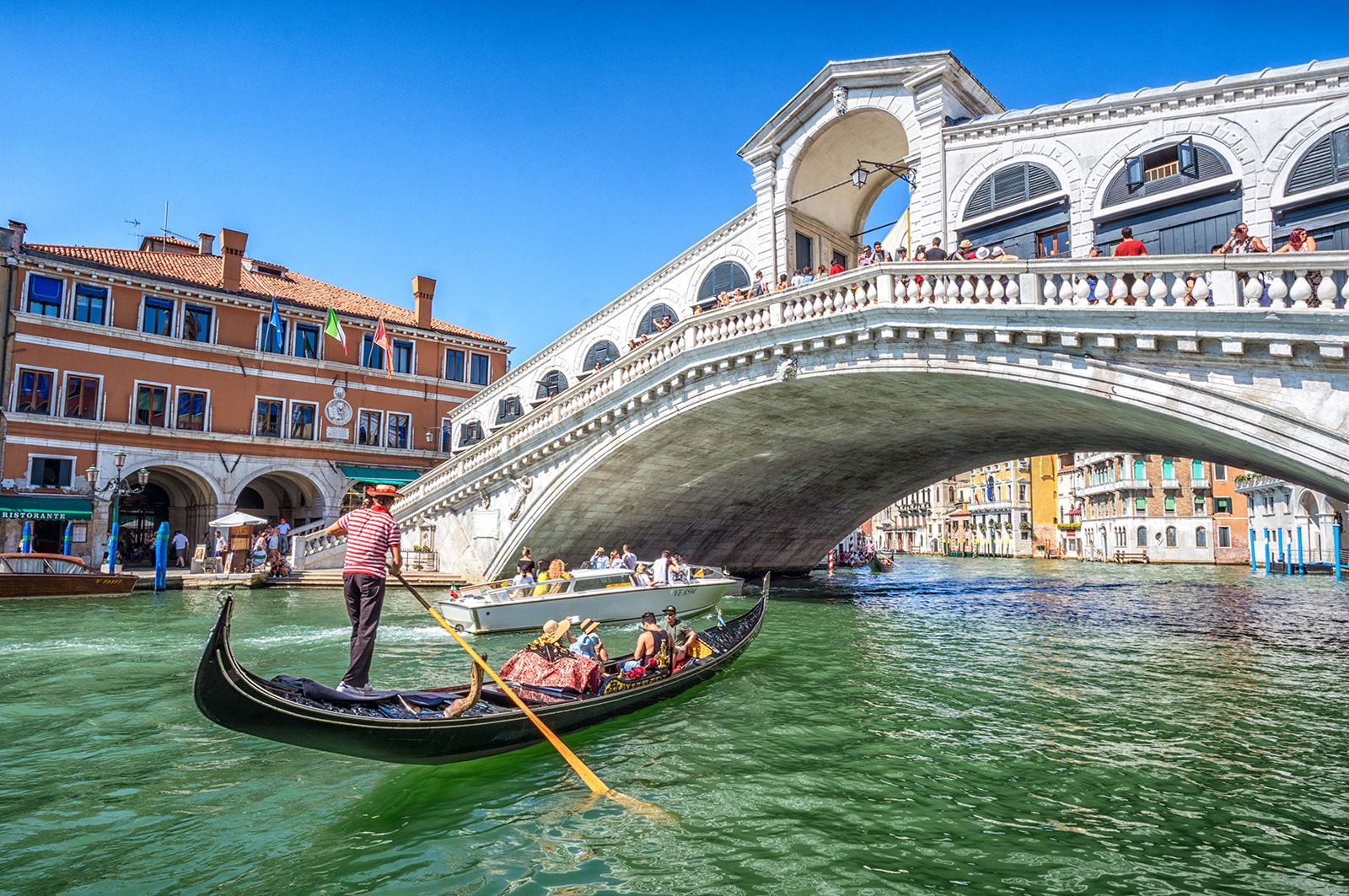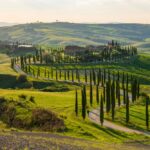The site of Oplonti is famous most of all for the monumental villa of Poppea, Nero’s wife and it is part of the Vesuvian Archaeological Area. Like Ercolano and Pompei, this site was preserved thanks to the volcanic eruption of Vesuvius that happened in the golden age of these cities. In Oplonti there are magnificent frescos, splendid mosaics and gardens in private domus, and also the baths that prove the beauty of this center, that is a very recommended stop in a tour of the vesuvian archaeological sites. Oplontis was involved in the volcanic eruption in 79 A.D. that destroyed also Pompeii and Herculaneum. When the main cites were discovered, there were also researches in the area of Torre Annunziata, starting from XVIII century, but well organized excavation were made in XX century.
There were discovered three domus. The most famous attraction is the Villa di Poppea and the baths preserved like there were in the times in which the city was most splendid and rich
We don’t have much information about this center, and it is possible that this was only a part of the main city of Pompei and not an independent town. This expansion of Pompei confirms the interest of the romans for this area as a resort. There were domus belonging to important people in Rome that were luxury places in which they could dedicate themselves to otium and escape the chaotic life in capital city. The name of the location Oplontis can be connected with the Latin world opulentia, opulence that shows off the richness of this place.
In 1997 Oplontis was recognized as a World Heritage Site.
The extraordinary Domus of Poppea is the most relevant part of the archaeological site. It is a monumental complex built in I century A.D. that includes also the baths that were private and reserved to the owner of this house, Poppea, wife of emperor Nero.
It is a large and luxury estate, with a complex planning that is difficult to reconstruct because part of the ancient domus is covered by the modern building around the excavated area. There are many rooms interesting for the decoration, in particular frescos in Pompeian style well preserved and fine mosaic that portray naturalistic and mythological subjects.
One of the most important rooms is the dining room, where there are frescos in the second Pompeian style, and there is a wonderful visual effect that involves the architecture of the domus and the architectural drawings on the walls. There is also a splendid niche in the lararium, a room dedicated to worship, and there are also fascinating decoration in the private baths, were it is also possible to distinguish different spaces, like calidarium and tepidarium.
It is also interesting to observe other environment in the house, the bedrooms or the kitchen, because there is the possibility to see the different kind of spaces in a house, and the coordination of these areas and their use. In particular in this domus you can see many parts of the roman house that were preserved thanks to the eruption, differently from many other remains of roman domus in other sites, and it is also an unique experience because of the luxury of these environments,: it was the prestigious house of a very relevant woman in the ancient Rome. And so, the visitors are astonished by the beauty and the splendor of this domus and its decorations.
There were also some gardens and external areas that are in harmony with the rest of the house, thanks to open colonnades and windows that connect the spaces.
Two other domus were discovered in Oplontis, and we know that they belongs to some rich romans named Lucius Crassius Tertius and Caio Siculi, but it is not possible to visit them, because the excavation works are still in progress and their location is outside the excavated area. Related to these domus there are many other frescos, mosaics and treasures objects and jewelry.








